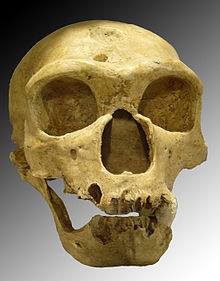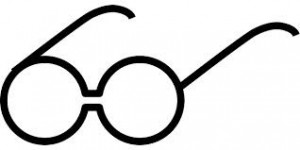
If you’re one of the sad Americans who think the New Yorker is a liberal rag, or that it’s too highbrow for you, bear with me. The real answer to both of these ersatz questions is c) neither of the above.
Case in point, this week’s issue, which features an amazing article about a physicist. Yup, a physicist, folks. One of those guys who pretty much thinks for a LIVING.
Well, this physicist heard that old musics — musics from long-dead cultures around the world — was deteriorating so rapidly we were losing it. As we’ve lost soooo many Native American languages here in the US (which I still mourn). And he got to thinking… (remember? he thinks for a living.)
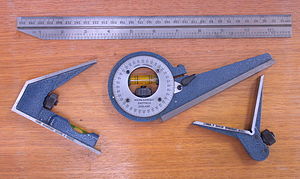
You need to read the article to see what he did, but basically, he engineered a solution. Because the best of engineers and physicists are hybrids — a little of each, a lot of both. My husband’s like that — an ace problem solver.
This is the kind of story I don’t find elsewhere. At least not in more or less easily accessible, popular media. You’d have to know where to look. But every issue, there’s something similar in the New Yorker: a piece on some cool person who did something fascinating. And yes, you do need to know how to read to enjoy it. 🙂 But you don’t have to have an advanced degree, or any degree at all. You just have to be curious about the world, and willing to spend 1/2 an hour or more learning something kind of useless (hence the nerd label) but verrrry cool.
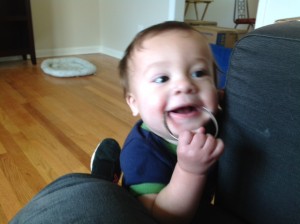 We don’t do nearly enough of that, I’m afraid. Just learn for the fun of it. And yet children are sooo good at it! My grandson — not quite a year old yet — will spend 1/2 an hour learning my silver bracelet. He will examine it closely, turning it in his little hand as he does. He will then lick it, suck on it, chew on it vigourously, and pull it out of his mouth between nibbles, re-examining it to see if it crumbled (like bread), melted (like ice chips), or otherwise changed.
We don’t do nearly enough of that, I’m afraid. Just learn for the fun of it. And yet children are sooo good at it! My grandson — not quite a year old yet — will spend 1/2 an hour learning my silver bracelet. He will examine it closely, turning it in his little hand as he does. He will then lick it, suck on it, chew on it vigourously, and pull it out of his mouth between nibbles, re-examining it to see if it crumbled (like bread), melted (like ice chips), or otherwise changed.
Then, since my bracelet is in the form of a Moebius strip, he will trace the curve with his tiny finger and thumb. And follow this w/ a happy banging of the bracelet on whatever is near (the floor, the end table, me). All this over and over. And then, just in case it’s different, he will ask for the bracelet that’s (to a non-reader!) identical. Only the engraved mantra differs.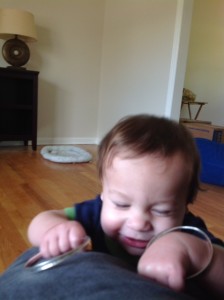
But Trin is mesmerised: he really wants to ‘get’ the bracelet, know it all the way through, every sense satisfied. And THAT’S the kind of curiousity the New Yorker reminds me I still need. That literal hunger for knowledge — inhaling it, tasting it, banging it uppasida something to hear it sing.
That’s what learning should be. And that’s what happens (often!) when I read the New Yorker. I learn. About engineering, medicine, food, books. About the humanities, which always make us more human. Even if sometimes that means chewing on a silver bracelet.
